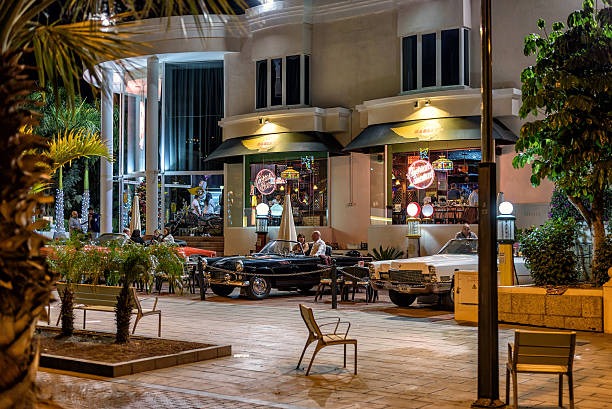In a crowded market where food trends come and go, restaurant branding is what turns a meal into a memory. It’s more than just a logo—it’s the personality, values, and story your restaurant tells every time someone walks through the door, scrolls past your feed, or unwraps their to-go order.
A strong brand helps your restaurant stand out, attract loyal customers, and build emotional connection. In fact, a 2023 report by Square found that 78% of diners are more likely to visit a restaurant whose branding they recognize and trust.
Know Your Identity Before You Market It
Before you pick fonts or post on Instagram, nail down your brand identity. This includes your restaurant’s mission, values, personality, and voice.
Ask yourself:
- What type of experience are we offering—casual, upscale, adventurous, nostalgic?
- Who is our ideal customer and what matters to them?
- What makes us different from the competition?
Your brand identity should influence everything—from your menu design to your uniforms to how your staff greets guests.
Visuals That Tell Your Story
Visual branding is the first thing customers notice. It’s what sets the tone before the first bite. This goes beyond a cool logo—it includes your color palette, typography, decor, and packaging.
To create cohesive visual branding, focus on these elements:
- Logo: It should be simple, scalable, and work in full color or black and white.
- Color scheme: Choose 2–4 colors that reflect your vibe (e.g., earthy for a farm-to-table, bold for a modern fusion spot).
- Typography: Use readable fonts that fit your theme—classic serif for elegance, rounded sans-serif for playfulness.
- Interior design: Your space should match your digital presence. Rustic menus but neon lighting? That’s a disconnect.
- Uniforms and accessories: Incorporate branding into what your staff wears using aprons, hats, and custom patches for a subtle but professional touch.
Consistency is key. Every brand element should reinforce who you are and what customers can expect.
Tone and Voice: Let Your Personality Speak
How your restaurant communicates—online, on menus, and in person—matters just as much as how it looks. Your brand’s “voice” should match your vibe.
Examples of tone:
- Playful and cheeky: Great for casual eateries or food trucks.
- Refined and professional: Better for upscale dining or fine wine establishments.
- Warm and welcoming: Ideal for family-owned spots or comfort food kitchens.
This voice should carry through your Instagram captions, signage, website copy, and how your staff talks to guests.
Merchandise and Touchpoints That Reinforce the Brand
Restaurants that truly stand out turn every customer interaction into a branding opportunity. The more touchpoints you can brand—without overdoing it—the more your name sticks.
Here are a few high-impact areas to brand:
- Takeout bags, boxes, and coffee cups
- Staff apparel with custom patches
- Menu designs and printed specials
- Social media highlights and story templates
- Loyalty cards and table tents
- Branded playlists playing in your space
Each of these adds a layer to your restaurant’s identity and creates visual cues that guests begin to associate with your food and experience.
Online Presence That Extends the Dining Experience
Today, a restaurant’s online presence is often the first impression. Your website and social media should mirror your physical experience—not just in look, but in feel.
Tips for aligning your digital and in-person branding:
- Use the same color palette, language, and style across your Instagram and physical signage.
- Share behind-the-scenes content to humanize your brand.
- Highlight your staff, stories behind menu items, or local sourcing practices.
- Keep your Google profile and business info current—nothing erodes trust faster than incorrect hours or outdated menus.
Final Thoughts
Your restaurant’s brand is your handshake, your story, and your reputation all rolled into one. It should reflect your values, engage your target customers, and create an experience that lingers long after the last course.
From using well-designed logos and signage to subtle details like branded custom patches on staff uniforms, every piece contributes to how your business is perceived.
The best restaurants don’t just serve food—they serve identity. Build a brand that customers want to be part of, and you won’t just get a visit—you’ll earn loyalty.

